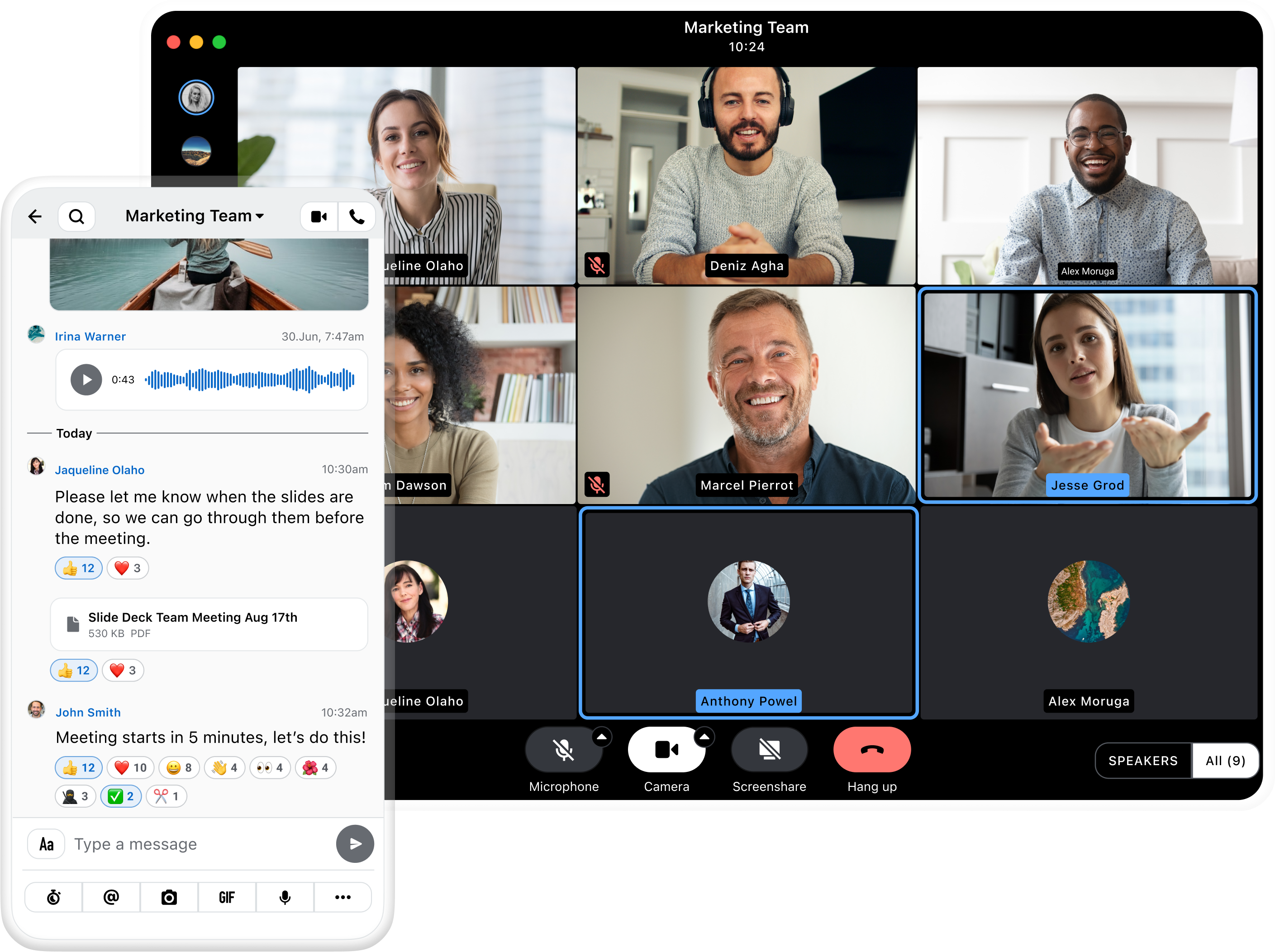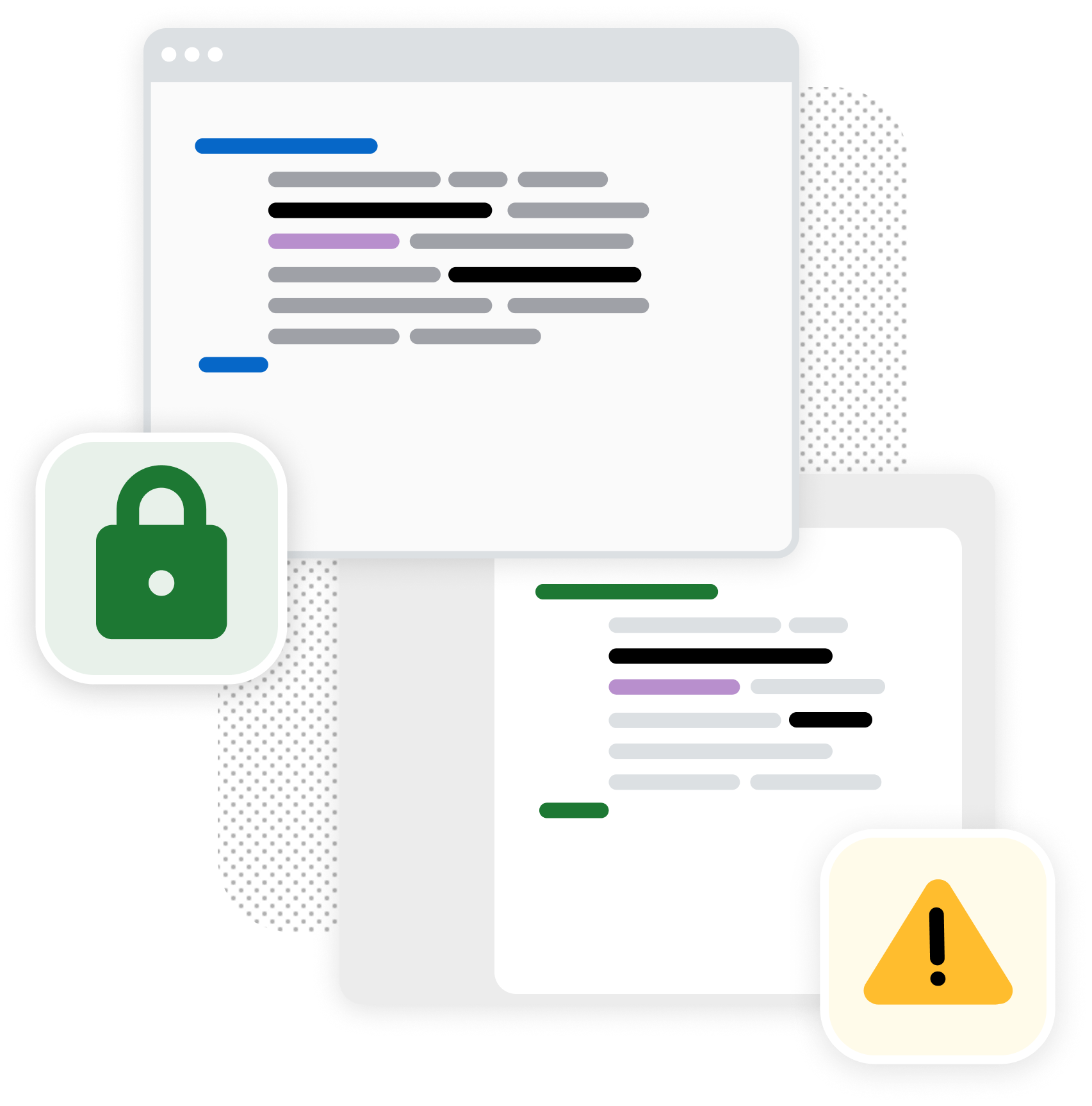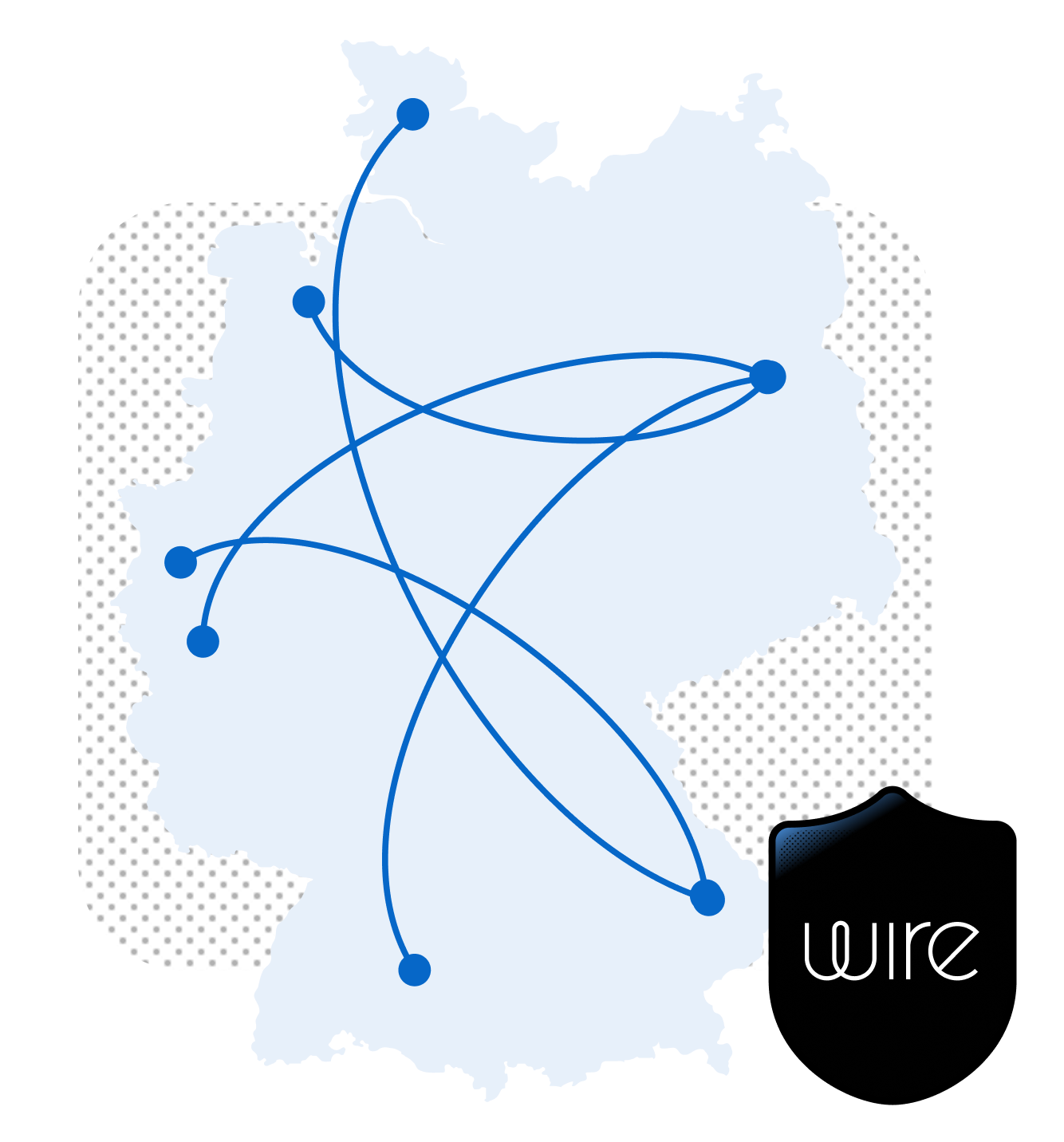Threema vs. Wire
Discover which platform safeguards your communications - from encryption protocols to privacy protections - and see which solution meets your organization’s security requirements.

Wire vs. Threema: Feature Comparison
| Feature | Wire | Threema |
| Security & Privacy |
||
| Protocol Implementation | MLS | Ibex Protocol |
| End-to-End Encryption | ||
| Local Encryption Key Storage | ||
| Encryption-At-Rest | ||
| Post-Compromise Security | ||
| Perfect Forward Secrecy | ||
| Visible Cross-Signed Device Verification | ||
| Fleet Device Verification | ||
| Zero Knowledge | ||
| Zero Trust Architecture | ||
| Core Messaging | ||
| 1:1 Messaging | ||
| Private Groups | ||
| E2EE Public and Private Channels | ||
| E2EE History Sharing | Coming soon | |
| Screen Sharing | ||
| E2EE File Sharing | ||
| Text Formatting | ||
| Notification Settings | ||
| Account Personalization | ||
| Availability Status | ||
| Read Receipts | ||
| GIFs | ||
| Chat History Backup & Recovery | ||
| Cross Platform Backups | Coming soon | |
| Send Audio Messages | ||
| Pin Conversations | ||
| Mark Message as New | ||
| Native Self-Deleting Messages | ||
| Conversation Reactions (Emojis) | ||
| Conversation Search | Available in groups | |
| Global User Search (Public Cloud) | ||
| Archive or Organizing Conversations | ||
| Encrypted 1:1 Audio or Video Calling | ||
| Encrypted Large Group Conference Calling | ||
| WebRTC Simulcast | ||
| Guest Access without Sign-Up | ||
| Guest Links with Passwords | ||
| Integration & Ecosystem | ||
| Public Cloud | ||
| Private Cloud | ||
| On-Premises | ||
| Customizations, SLAs available | Assistance required | |
| Deploy Third Party Integrated Apps (Bots) | ||
| Federation Scale and Flexibility | ||
| Secure Federation | ||
| Management | ||
| User Roles & Permissions | Basic | |
| Single Sign-On (SSO) | ||
| SSO Supports Complex IT Environments | ||
| Automated User Management (SCIM) | ||
| Create Guest Rooms | ||
| App Lock | ||
| Add/Manage Your Devices | ||
| Restrict File Sharing | ||
| Restrict Guest Links | ||
| Additional Feature Configuration | ||
| Team and Workspace Management | ||
The competitive data presented on this page was collected as of August 2025, based on information available on threema.com and in Threema's whitepaper. This information may change or be updated without prior notice. Wire does not guarantee the completeness or accuracy of the information provided.
Wire vs. Threema, Which One Is Better?
Threema is known for its strong focus on privacy and anonymity, making it popular with users who value minimal data collection. It offers E2EE for chats and calls, but lacks easy and secure ways to integrate guest users, leading to insecure external collaboration. Threema doesn’t offer key enterprise security functionality such as SSO, SCIM, and federations.
Wire, on the other hand, is designed for both internal and external collaboration, and is built for enterprise-grade deployments:
- Enterprise-class features: SSO, SCIM, and federation support.
- Modern cryptographic security: Wire is based on the Internet standard MLS protocol, offering superior post-compromise protection.
- External collaboration without compromise: invite clients, partners, or contractors into secure spaces without exposing internal systems.
If you need uncompromising security and privacy while enabling smooth collaboration with external parties, Wire protects and connects where Threema falls short.


Fully Open-Source Security for Verified Collaboration
Wire is one of the few secure collaboration platforms that is fully open source, from protocol to application. This means no black boxes, no hidden logic, no key escrow, and full auditability. With Wire, you get transparent, peer-reviewed cryptography plus the highest industry certifications:
- ISO 27001
- ISO 27701
- FedRAMP
- FIPS 140-2
- NIST 800-17
Built to Meet Enterprise Demands.
MLS Protocol
Ensure secure, scalable communication for large teams with the latest IETF standard, perfect for regulated industries and high-trust environments.
E2EE by Default
Messages, files, and calls are fully E2EE by default, no setup required. Only you and your designated recipients can access the messages.
SSO & SCIM
Easily manage identities and access control at scale with seamless Single Sign-On and automated provisioning via SCIM for simplified log-in.
ID Shield
Protect your team with added layers of verification, ensuring only the right people gain access to sensitive environments.
Conferencing
Host secure voice and video calls with up to 200 participants. Every session is encrypted end-to-end and secured using MLS.
Guest Management
Invite external collaborators with custom permissions. Maintain full control while enabling secure, temporary participation in shared spaces.
Secure Federation
Collaborate across organizational boundaries with different security clearances without compromising on security and privacy.
Flexible Deployment
Deploy on your terms, whether in the private cloud, public cloud, or on-premises. Maintain compliance and retain full control over infrastructure.
Threema Alternative FAQ
Is Threema really secure?
Yes, Threema offers strong end-to-end encryption (E2EE) for messages and calls, ensuring that only intended recipients can read your content. However, its security is largely focused on personal use and small teams.
Wire also provides default E2EE but adds zero-trust, zero-knowledge architecture and compliance with enterprise security standards, making it better suited for large organizations and regulated industries.
Can I use Threema for business communication?
Threema Work is available for businesses, but it has limited integrations and collaboration features.
Wire is specifically built for enterprise and cross-organization collaboration, allowing secure communication with both internal teams and external partners without sacrificing encryption.
Does Threema support external collaboration?
Threema’s environment is designed for closed user groups, so bringing in outside contacts requires them to also use Threema.
Wire, by contrast, lets you securely invite external guests (clients, vendors, contractors) into your workspaces with full E2EE by default, making it more flexible for multi-company projects.
What platforms does Threema run on?
Threema works on iOS, Android, and web. Wire also supports these platforms but adds enterprise-focused deployment options such as private cloud and on-premises hosting, giving IT teams more control over data location and compliance.
Is Threema open source?
Yes, Threema’s apps are open source, which boosts transparency. Wire is also open source, but it additionally undergoes regular independent security audits and offers a documented security whitepaper, giving enterprises more confidence for compliance and procurement.
See Wire in action
Discover how Wire enables secure, compliant, and seamless collaboration for your team - without compromising usability or control.